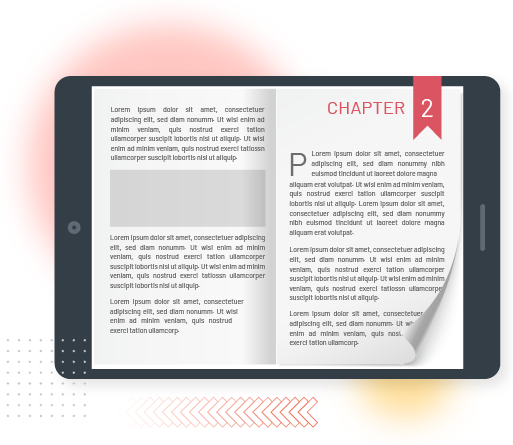
An uprising is underway in the ever-evolving landscape of eLearning content development. Gone are the days of monotonous slideshow presentations and sleep-inducing training videos. Today, organisations are awakening to the transformative power of engaging, learner-centric content. This shift isn’t just about embracing new technologies; it’s about cultivating a culture of engagement that permeates every aspect of learning content creation. This transformation is inspiring and should motivate you to join the revolution.
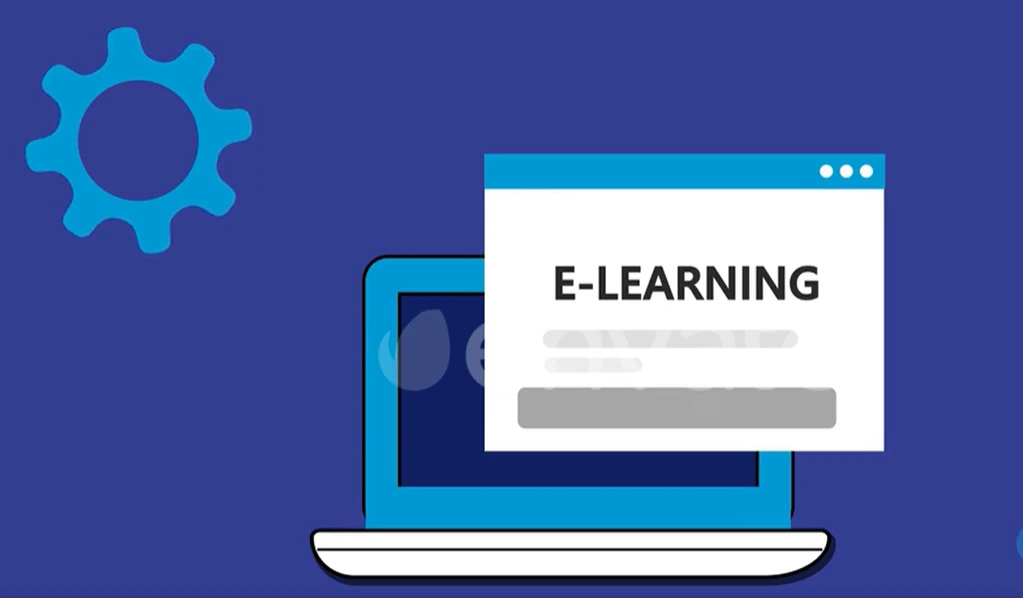
As we explore revolutionary learning content creation, imagine a world where employees eagerly anticipate their next learning opportunity, knowledge acquisition becomes an adventure, and personal and professional growth are seamlessly intertwined with daily work life. This isn’t a utopian dream—it’s the reality that forward-thinking organisations are already creating.
Let's dive into the approaches and insights that can help you join the vanguard of this learning revolution.
A fundamental question drives our exploration: "How can we make learning content informative but engaging, immersive, and transformative for employees?" The answer isn’t straightforward—it requires understanding learners, their needs, context, and the broader corporate culture. Yet, some compelling strategies emerge as we sift through various tools, methodologies, and ideas. These strategies are practical and can be implemented with confidence, reassuring you of their effectiveness.
Before creating eLearning content, you must profoundly understand your audience. By focusing on their unique needs, learning preferences, and demographic background, you can craft content that resonates with and engages them more effectively. This section will explore the elementary steps to gaining insight into your learners, including identifying their demographics, analysing learning preferences, and developing learner personas to ensure targeted content creation.
Gathering demographic data is a crucial first step in understanding your audience. This includes critical details like age, profession, education level, and location. These aspects can significantly impact the design and delivery of your eLearning content, helping you adapt it to suit the specific characteristics of your audience.
For instance, if you’re developing content for healthcare professionals, you must factor in their specialised knowledge, technical jargon, and compliance with industry regulations. Alternatively, if your audience consists of retail employees, you might focus on more customer-centric training with accessible language and examples relevant to customer service.
Demographic information can be gathered through surveys, interviews, or analytics to track user engagement with your platform. Once you have a clear picture of your audience’s demographics, you can customise the content to align with their preferences, ensuring relevance and engagement throughout the learning process.
Beyond demographics, understanding how your audience prefers to learn is essential for creating practical eLearning experiences. Different learners have different preferences, which can include visual (learning through images and videos), auditory (learning through listening), kinesthetic (learning through action), or reading/writing-based approaches.
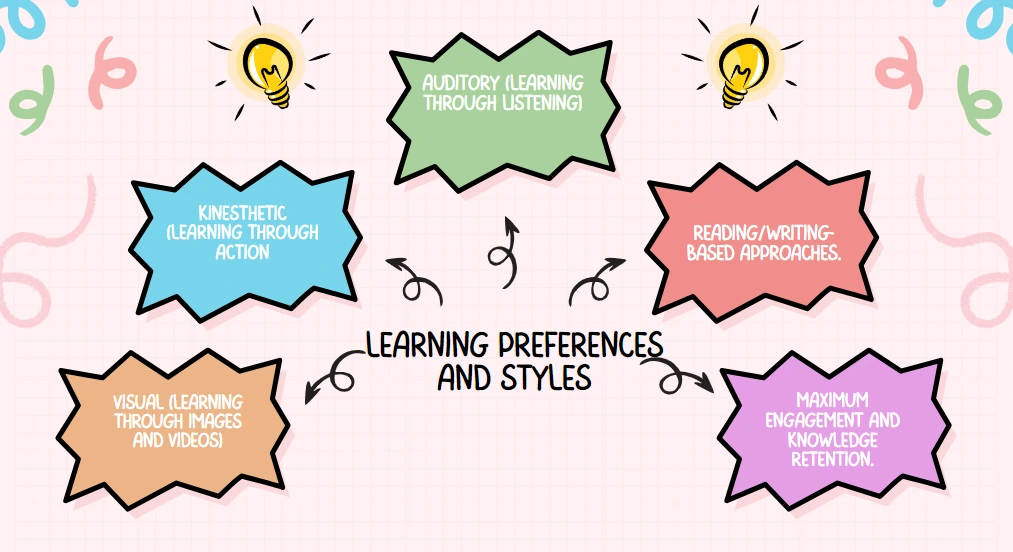
For example, some learners may find interactive case studies and problem-solving exercises more effective, while others prefer a series of concise video tutorials or detailed text-based modules. By identifying these preferences, you can ensure your content is diverse and engaging, catering to different learning needs. This understanding and catering to diverse learning needs should make you feel more connected and engaged with the learning process.
You can create learner personas to bring together the demographic and preference insights. Learner personas are semi-fictional representations of your audience segments based on accurate data. These personas help you better understand different learner groups' goals, motivations, and challenges, enabling you to tailor content that aligns with their needs.
Start by grouping learners based on shared characteristics like age, job roles, and learning preferences. Then, create detailed personas that encapsulate their goals, obstacles, and what motivates them to learn.
For example, you might create personas such as "Nurse Practitioner Nina," "Sales Manager Steve," or "Part-Time Student Patricia." These personas will guide your content development process, ensuring your eLearning material is highly relevant, practical, and engaging for different audience segments.

In today’s fast-paced, information-heavy world, storytelling has emerged as one of the most powerful tools for creating engaging learning content. Storytelling allows learners to connect emotionally with the material, making it more memorable and meaningful. From corporate training to academic eLearning, incorporating real-life stories enhances the learning experience by providing context, sparking curiosity, and making abstract concepts relatable. Explore how storytelling can create impactful learning content by examining real-life success stories.
Coca-Cola utilised storytelling in its customer service training by featuring real-life employee stories. One notable example was a delivery driver who provided complimentary beverages to a school sports team during a game, highlighting the importance of going the extra mile for customers. This approach made the training relatable, engaging, and focused on real-world actions, instilling a customer-first mindset.

IBM used storytelling to demystify complex AI technology in its training. One essential story involved Watson diagnosing a rare disease in a young girl after multiple doctors misdiagnosed her. This narrative illustrated how AI can solve real-world problems, making the technology more accessible and engaging for learners.
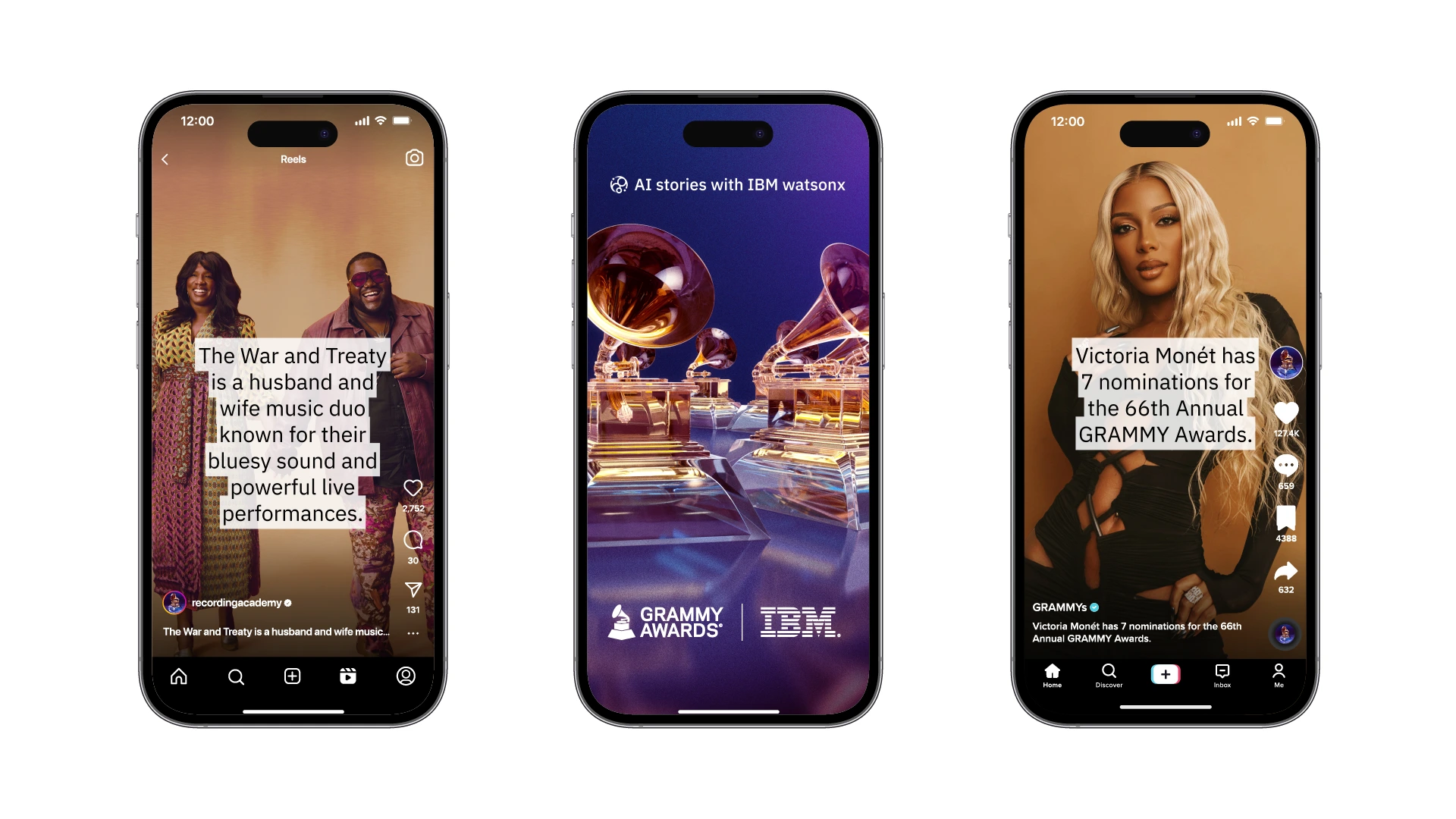
TOMS Shoes embedded stories in its CSR training, sharing impactful stories like a young boy who received shoes and could attend school regularly. These narratives helped employees emotionally connect with the company's mission, fostering deeper engagement and motivation.
Google’s“Project Aristotle” used storytelling to teach psychological safety in teams. One example showed a struggling squad that improved performance through open communication and vulnerability. This helped employees grasp the importance of soft skills and apply these lessons to their work environments.
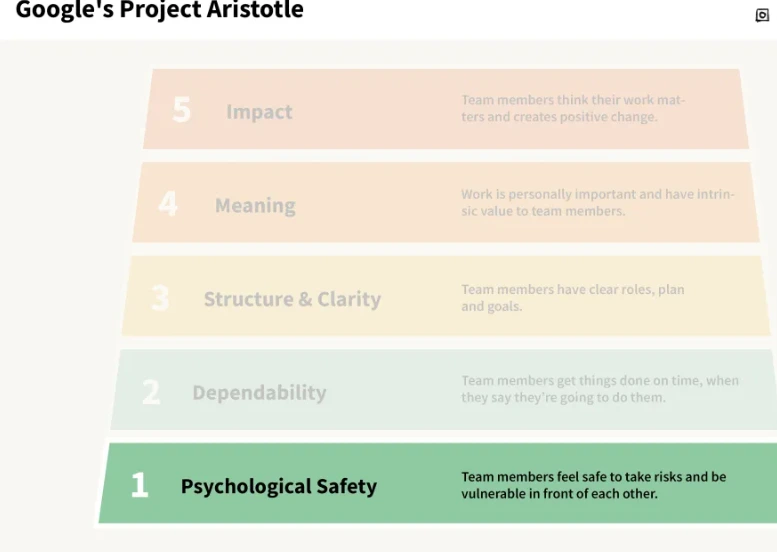
To successfully leverage storytelling in your eLearning content, follow these steps:
Interactive eLearning modules are a powerful tool for creating engaging learning content. By incorporating interactive elements such as quizzes, simulations, drag-and-drop exercises, and real-time feedback, learners can actively participate in the learning process, enhancing retention and comprehension.
For example, Duolingo, a popular language learning app, uses interactive modules where learners participate in exercises like matching words, speaking aloud, and listening to audio prompts. These features make learning a new language engaging and fun. Interactive eLearning allows users to practice in real-world scenarios, ensuring they are not just passively consuming content but applying it in practical ways.
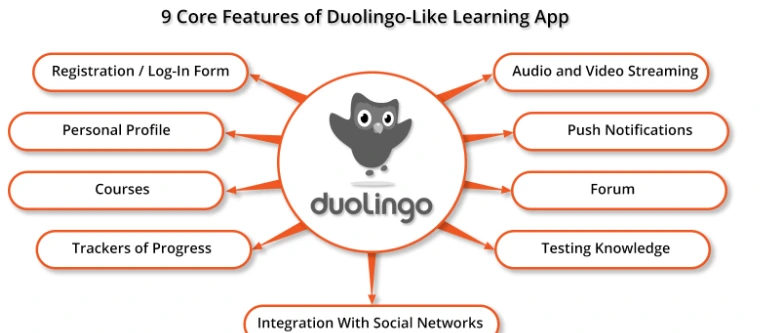
The interactive nature of these modules also supports a variety of learning styles, whether the user prefers visual aids, hands-on activities, or written content. Integrating these modules into your eLearning content development can significantly boost learner engagement and satisfaction.
By providing interactive elements in eLearning content, you create a learner-centred approach where individuals can control the pace of their education and engage with the material more meaningfully.
Visual content in eLearning is crucial for fostering engagement and improving knowledge retention. Visual aids such as infographics, diagrams, animations, and video tutorials can simplify complex ideas and make the learning experience more immersive and engaging. For example, when teaching technical skills, videos can demonstrate processes that would be difficult to convey through text alone. Similarly, using infographics to break down large amounts of data allows learners to grasp key points at a glance, making information more accessible to digest and retain.
A standout example is Coursera, which leverages rich visual content across its courses, including video lectures and interactive diagrams. By presenting information visually, they cater to diverse learning preferences, ensuring learners are more actively engaged and can better understand and remember complex concepts.
Artificial Intelligence (AI) is dramatically changing the eLearning landscape, enabling a more personalised and efficient learning journey. AI-powered systems can analyse learners' behaviour and progress to deliver customised learning paths and improve outcomes. For instance, AI can adapt content difficulty based on real-time performance or recommend additional resources to address learning gaps.
A notable example is LinkedIn Learning, which uses AI to provide course recommendations based on a user’s career interests, past courses, and skill gaps. This personalised approach ensures learners receive content relevant to their needs and enhances motivation and engagement by offering a tailored learning experience. Additionally, AI-driven chatbots and virtual assistants allow learners to access instant help, further improving the efficiency and flexibility of learning.
Developing robust corporate eLearning strategies is crucial for organisations aiming to upskill employees and stay competitive. Successful corporate learning programs focus on fundamental techniques such as microlearning, mobile accessibility, and gamification to drive employee engagement and retention.
For example, Deloitte employs microlearning as part of its leadership development programs, delivering concise, targeted content that employees can access in short, manageable sessions. This allows employees to integrate learning into their busy schedules without overwhelming them with lengthy training sessions. Additionally, ensuring that content is accessible via mobile devices gives employees the flexibility to know on the go, which is especially beneficial in today’s increasingly mobile workforce.
Another critical element is gamification, which introduces game-like elements such as points, badges, and leaderboards to make learning more interactive and motivating. SAP uses gamification in its corporate training programs to boost employee participation and enhance skill development, making training practical and engaging.
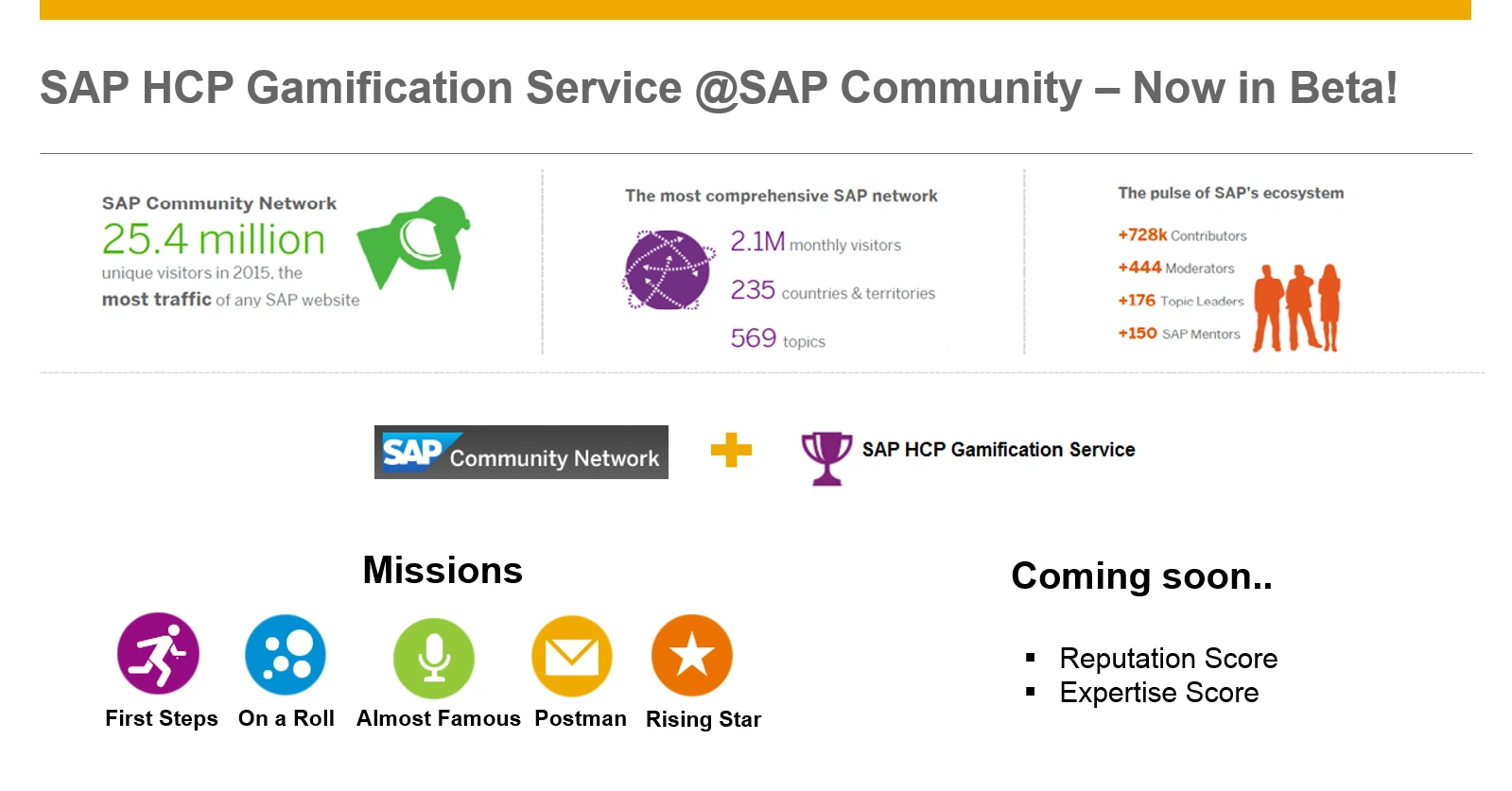
By focusing on strategies that align with the needs of modern learners—such as flexibility, engagement, and relevance—corporate eLearning programs can foster a culture of continuous learning and professional growth, ultimately leading to be
A professional content writing agency in Mumbai is an invaluable partner for businesses looking to develop compelling, SEO-optimized learning content. These agencies possess a deep understanding of the local market, enabling them to create content that truly resonates with the target audience.
For instance, a Mumbai-based business school or FMCG company might collaborate with a content writing agency to design learning modules focused on the latest trends in AI and machine learning. Here’s a real-life example to show how it works.
The agency would ensure these modules are rich in valuable information and optimised for relevant keywords, enhancing visibility and engagement with the intended readers.
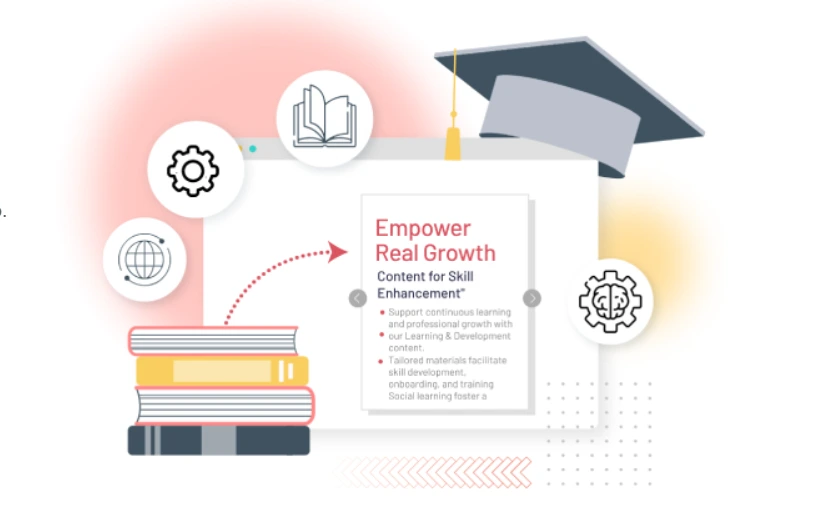
As we draw close, I invite you to reflect on an important idea: at its essence, learning is a profoundly human experience. Amid the myriad tools and techniques available, keeping the core elements of learning—curiosity, exploration, and discovery—central to your content creation strategies is crucial.
Embarking on this journey has its challenges. However, we can unlock a future brimming with potential in learning content creation by embracing these obstacles and seizing their opportunities. The ideal fusion of human insight and technological advancement can yield learning experiences that are not only engaging but also transformative, cultivating the leaders and innovators of tomorrow.
Visit us at www.lexiconn.in or email us at [email protected] . LexiConn also offers a free 30-minute content consultation session to help you with your content strategy.



I have read and accept the Privacy Policy
Read More